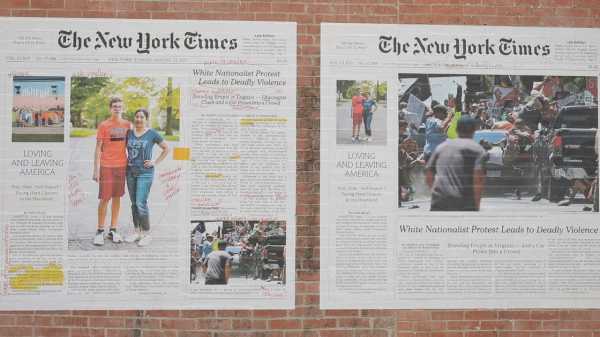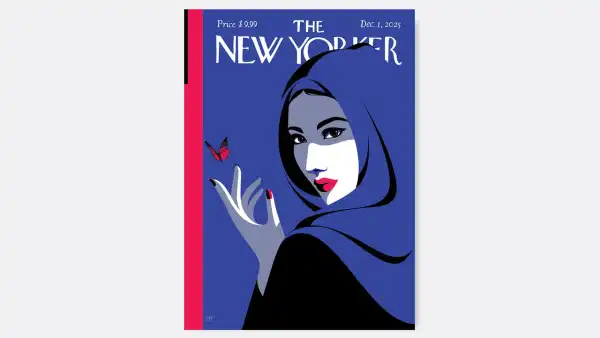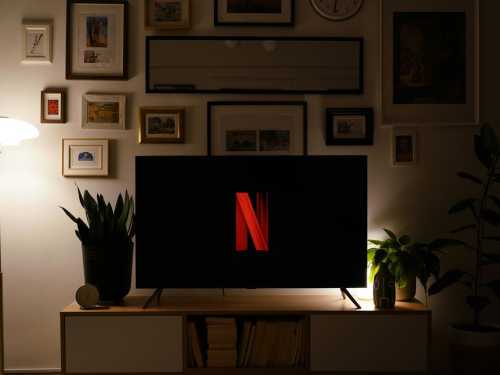
The artist and journalist Alexandra Bell has long been a scrutinizing reader of news media. As a young child in Chicago, she relished receiving copies of the historically black newspaper Chicago Defender, which she often read from front to back alongside her mother. Its explicit political anima, visible in the contrast between the Defender’s tone and mainstream news coverage, made a lasting impression on Bell. She earned a master’s degree in journalism, from Columbia University, in 2013, and has since honed a public-art practice that exposes biases in print journalism. Her “Counternarrative” series interrogates the shaping and spreading of information, and the ways that narratives in reportage advance the agendas of the powerful. She uses redaction, omission, annotation, and text editing to alter articles, primarily from the Times. She then prints out enlarged versions of her deconstructions, and plasters them onto walls around the city.
The series had its clandestine début, in the Brooklyn neighborhood of Bedford-Stuyvesant, on New Year’s Eve in 2016. Bell critiqued the Times’s coverage of the death of Mike Brown, in 2014, in which the paper ran side-by-side profiles of the victim and his killer, Darren Wilson, under the joint headline, “Two Lives at a Crossroads in Ferguson.” Bell and many other readers felt that the framing of equivalence, and of tragic coincidence, diminished what had happened that August afternoon. Bell erected a diptych of her own, with Wilson’s profiled whittled down to read, simply, “Officer Darren Wilson fatally shot an unarmed black teenager named Michael Brown.” The second panel bore the new headline “A Teenager with Promise,” I noted last year, when I interviewed Bell.
Since then, Bell has emerged as the people’s public editor. Her “Counternarratives” now surface not only on the façades of buildings but on the white walls of galleries and museums. Earlier this year, the International Center of Photography gave Bell an Infinity Award in the applied category. A new interview with Bell, which you can watch above, was conducted in her studio in Bushwick, Brooklyn. You can see potential edits of articles from the Times tacked onto the wall above her desk, where she uses InDesign to remake the news. “I think everything is about race. Black communities, gay communities, immigrant communities feel a lot of media representation to be inadequate, biased. There’s a lot of reporting around police violence and black men, and I realized a lot of the arguments we were having were about depictions,” she says. Bell has been grouped into a class of black artists considered to be solely responding to the crisis of police brutality. But she is contesting the bones of journalism. “I am really trying to see if I can disrupt subliminal messaging about who should be valued,” she says.
“There are these subtle ways that racism works in the oldest of institutions,” she continues. One moment in the video shows Bell discussing the “Unite the Right” rally that took place in Charlottesville, Virginia, last October. “I’m thirty-five. I’ve never seen a torch rally,” she says. She demurs that she suspected that the Times would screw up coverage of the event in some way. It ended up being the layout. Bell knows to anticipate soft bigotries even in elements like design. “The problem here was the layout,” she says. “It was a side-piece . . . The layout doesn’t speak to the severity of these issues.”
This film was made possible by Harbers Studios and produced by MediaStorm.
Sourse: newyorker.com






